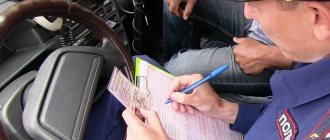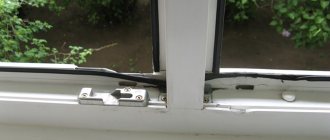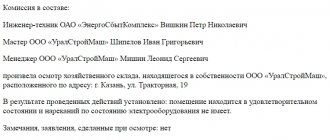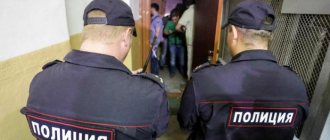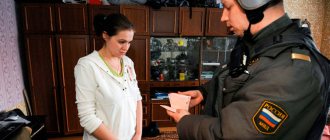New edition of Art. 180 Code of Criminal Procedure of the Russian Federation
1. Inspection and certification reports are drawn up in compliance with the requirements of this article, articles 166 and 167 of this Code.
2. The protocols describe all the actions of the investigator, as well as everything discovered during the inspection and (or) examination in the sequence in which the inspection and examination were carried out, and in the form in which what was discovered was observed at the time of the inspection and examination. The protocols list and describe all items seized during inspection and (or) examination.
3. The protocols must also indicate at what time, in what weather and what lighting the inspection or examination was carried out, what technical means were used and what results were obtained, what objects were seized and sealed and with what seal, where after the inspection the corpse or objects were sent relevant to the criminal case.
From inspection to inspection
Let's start with the concept of “inspection”: this is a visual examination of only those parts of the object that are in the public domain. For example, an open bag in the hands of the owner, the outside of the car, license plates, and so on. It is carried out only by an authorized person and without the participation of witnesses and the use of technical means, although the use of a flashlight is not prohibited. They can even draw up an act filled out in any form.
“Carrying out the procedure properly is not stipulated in the current legislation. Therefore, if there are fears that during an inspection, which takes place without the presence of witnesses, the owner of personal belongings may be given something prohibited, I would recommend insisting on the inspection procedure,” advises civil lawyer Sergei Romanovsky.
In case of refusal to voluntarily provide the opportunity for a visual inspection of things and if there are grounds, the employee has the right to conduct an inspection. This is a legal action performed as part of a criminal or administrative process. A study is carried out with penetration into the object without violating its structural integrity. It is carried out in the presence of two witnesses or using video recording. The results are recorded in the protocol on the search or on the administrative detention, in which the corresponding entry is made. In this case, a copy is given to the owner.
“For example, when inspecting a car, the owner himself opens the hood, trunk or doors. The inspector can only ask to move things and show the contents of the glove compartment and bag. In the event of an inspection, he can do all this himself, but with the participation of witnesses or video recording, explaining all his actions,” says civil lawyer Sergei Romanovsky.
When carrying out an inspection, it is worth filming the entire procedure on mobile devices, and also requiring the employee to begin drawing up a protocol and inviting witnesses. Only after the specified conditions are met should the inspection be possible. It is necessary to take an active part in it: personally open the trunk or bag. The procedure is carried out compulsorily and only if there is a compelling reason (operational information, suspicion of committing a crime). The difference between the concepts of “inspection” and “inspection” lies in the desire of the property owner to demonstrate its contents. If it is not there, law enforcement officers may conduct a forced search. The powers of ordinary security guards standing at the entrance to a station, metro or shopping center, but this does not apply. If a citizen does not want to show the contents of his pockets, he will not be allowed inside.
“The inspection is strictly regulated by law: the involvement of two witnesses, the drawing up of a protocol and the execution of a seizure report. It is also allowed without witnesses if there is a suspicion that the citizen is hiding prohibited items on him, for example, drugs, weapons, explosives. During the inspection, officials may use photo and video recording, which should be recorded in the protocol. The inspection is carried out more freely,” sums up civil lawyer Sergei Romanovsky.
